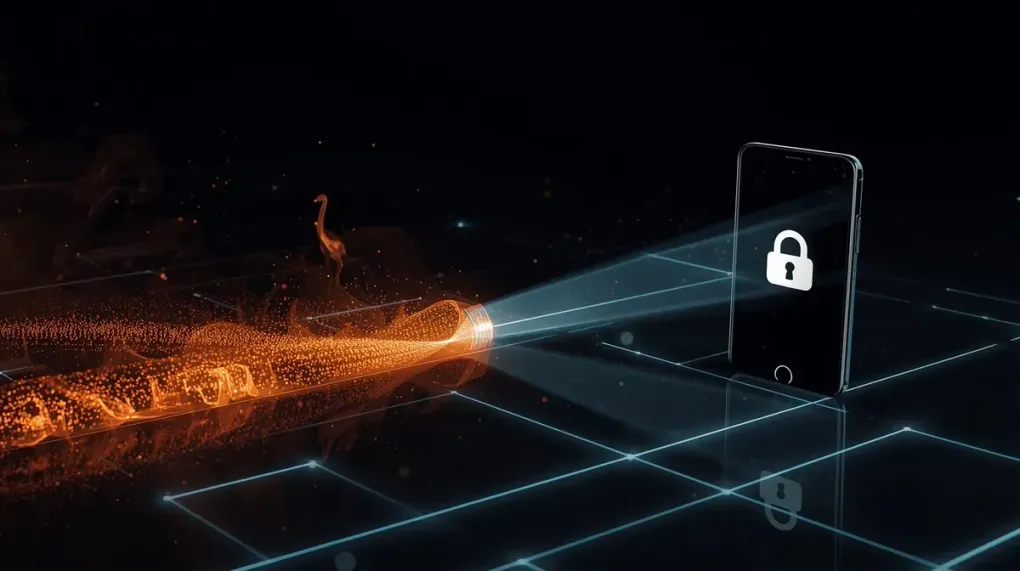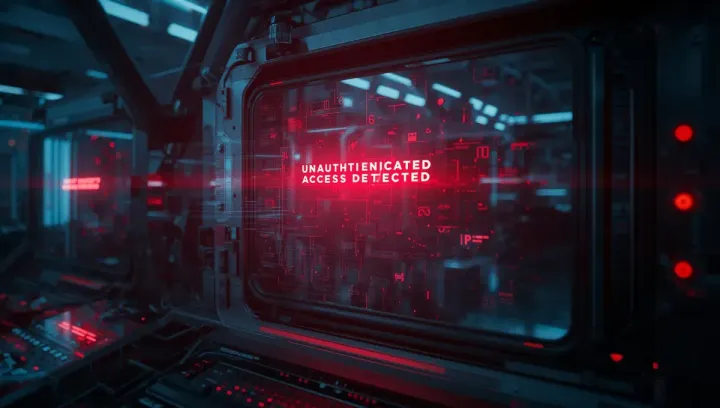
Beyond the Password: NIST's New Guidelines and the Shift to a Zero-Trust Digital Identity
For decades, the password has been the flimsy, often-reused key to our entire digital lives. We’ve supplemented it with multi-factor authentication and biometrics, but the core concept has remained. That era is officially drawing to a close. The U.S. National Institute of Standards and Technology (NIST) has just released Revision 4 of its Special Publication 800-63, the foundational document that shapes the future of digital identity.
This isn’t just a technical update for government agencies and banks. It’s a roadmap for a fundamental shift in how we prove who we are online, moving us firmly into the age of “zero-trust” architecture and digital wallets.
What are the New NIST Guidelines?
NIST’s SP 800-63-4 is a response to a digital landscape that has become infinitely more complex and dangerous since the last major update in 2017. The new guidelines overhaul the requirements for identity proofing (verifying you are who you say you are the first time), authentication (verifying it’s you on subsequent logins), and federation (using one trusted login to access multiple services).
The key takeaway is the formal embrace of a zero-trust model. In simple terms, this means that no user or device is trusted by default. Instead of relying on a password stored in a database, the system will constantly verify identity at every step. It assumes that threats can come from anywhere, even from within a network.
The Rise of Digital Wallets and Phishing-Resistant Authentication
So, if not passwords, then what? The guidelines heavily promote the use of phishing-resistant authenticators. This is where digital wallets and technologies like FIDO2/Passkeys come in.
Think of a digital wallet on your phone not just as a place for your credit cards, but as your universal digital ID. When you need to log into a service:
- The service sends a challenge to your device.
- Your device uses cryptography (often secured by your fingerprint or face) to sign that challenge and prove it’s you.
- This signed proof is sent back to the service, granting you access.
Crucially, no secret or password is ever transmitted over the network. This makes it nearly impossible for phishing attacks—the number one cause of data breaches—to succeed. Even if a hacker tricks you into visiting a fake website, there is no password for them to steal.
What This Means for You
The transition won’t happen overnight, but the impact will be significant:
- Fewer (or No) Passwords: You will create and manage far fewer passwords, relying instead on your phone or a physical security key.
- Enhanced Security: Your accounts will be significantly more secure against the most common types of cyberattacks.
- Improved Convenience: Logging in will become faster and more seamless, often requiring just a quick biometric scan.
This is a monumental step forward in digital security. NIST is laying the groundwork for an internet where our identity is not based on something we know (a fragile password), but on something we have (a secure device) and something we are (our biometrics). It’s a future that is not only more secure but also, finally, more user-friendly.
Source: Based on the announcement of NIST Special Publication 800-63-4.


